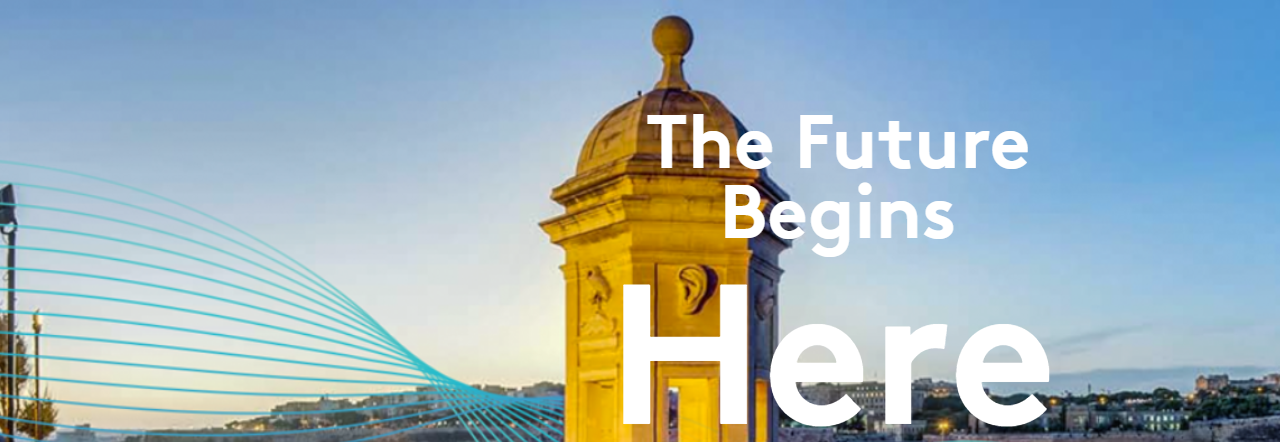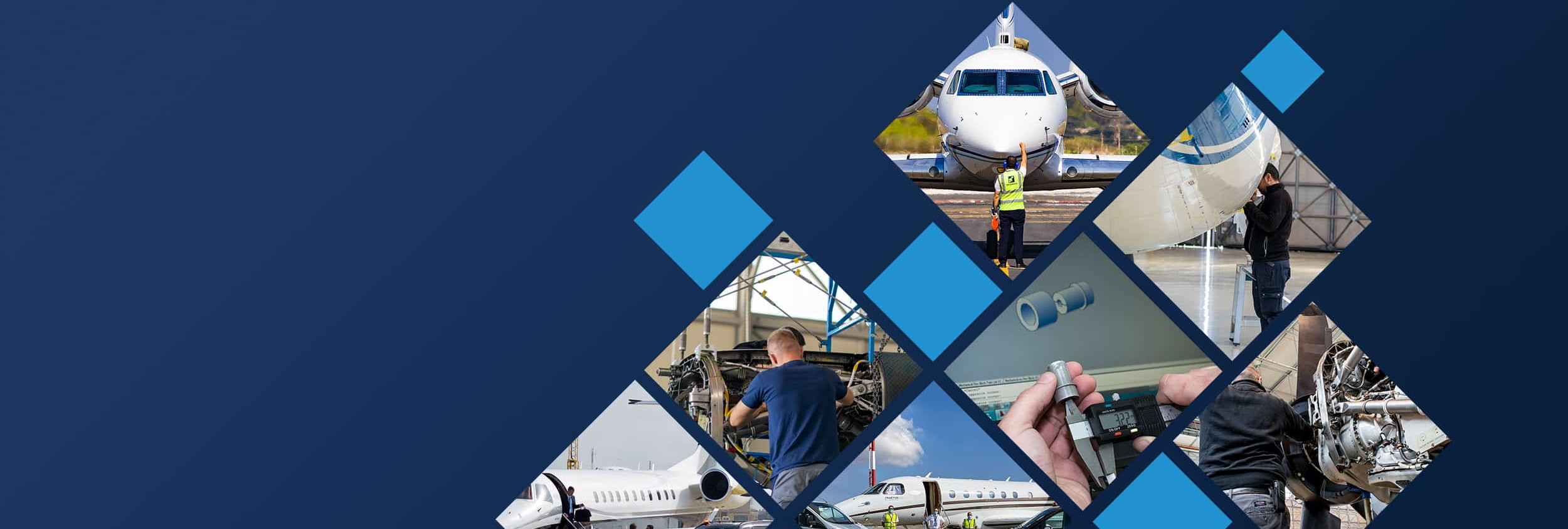An effective employee portal can significantly reduce errors, centralise data, and automate workflows, which helps HR professionals save hours each week. It also provides teams with direct access to their leave balances, enabling them to submit time-off requests and reducing the need for direct contact with HR. For businesses of any size, a single HR system like Talexio can handle the full employee lifecycle. From onboarding to payroll, everything is in one place.
The onboarding stage is crucial and can significantly impact the employee’s journey. Disorganisation at this point will definitely leave a bad impression. Manual processes can present numerous challenges during onboarding and daily HR management. Paper-based employment contracts and tax forms, for instance, can cause delays and lead to the loss of critical documents. Communication can become disjointed, with tasks spread across emails and notes, which can result in overlooked steps during the onboarding process.
Relying on manual spreadsheets for payroll and employee records is often inefficient and prone to errors. Digital HR solutions can help streamline these processes, ensuring compliance with regulations such as the EU Pay Transparency Directive while improving the overall effectiveness of HR operations. A structured onboarding process is crucial as it lays the groundwork for employee engagement, performance and long-term retention.
Core Features for Streamlined Onboarding
Automated Onboarding Workflows
Automated workflows are vital for a smooth and consistent onboarding process. Features like the Talexio Checklists allow HR professionals to define and assign specific tasks. They can track every step and eliminate confusion. These systems save considerable time by enabling the creation of template checklists for standard processes, including both onboarding and offboarding. HR professionals get a consolidated view and can monitor the onboarding status of new hires. They also receive automated notifications when key documents are signed or when tasks are past their due date. A system that prompts new hires on what they still have to do during onboarding is one of three key features for bridging the communication gap between them and their managers during the first 90 days.
Digital Document Management
An effective employee portal includes a digital document management system that securely stores all employee records in one central location, eliminating the need for paper files. Platforms like Talexio allow for the automatic generation of contracts and other documents from pre-existing templates. Employees can then sign these documents electronically using an integration with services like SignRequest. To ensure compliance, the system can apply GDPR retention periods to various document categories, streamlining data cleanup. These automations save approximately 5–15 minutes per document. While the time saved is minimal, the real benefit lies in the accuracy and compliance achieved.
Role-Based Access and Permissions
Secure, role-based access is a crucial feature for any HR platform. The customisable permission settings within Talexio, for example, enable management to control which reports, sections and data are visible to employees based on their role. The system can be configured to grant specific permissions to line managers, allowing them to view and manage tasks related to the access level they are associated with, thereby providing a focused view of their responsibilities.
This keeps HR in control while empowering managers to take responsibility for their teams. It also supports strategic functions like succession planning and performance management.
Essential Tools for Daily Employee Workflows
Employee Dashboard
An effective employee portal features a dashboard that serves as a central hub for communication and information. It can provide a dedicated area for company announcements and internal news, such as birthdays or upcoming events, and can notify employees via both the portal and email. The Talexio calendar integrates with third-party calendars to help employees keep track of notifications, reminders and important dates.
The system’s reporting tools also make it easy to generate various statistical insights and reports, such as sick leave records and attendance logs, in just a matter of seconds, saving hours of manual work.
Company Policies and Resources Library
A comprehensive employee portal includes a library for essential documents and resources where your teams can easily find what they need, reducing the need for repeated HR questions. The Talexio platform, for example, handles different levels of accessibility for documents, such as employee handbooks and internal policies.
A centralised and secure database makes it simpler to keep these policies updated. They are ready for an audit or an employee’s question. Such a centralised place is a key feature for bridging the communication gap between new hires and managers.
Leave and Attendance Management
Efficient leave and attendance management is a core function of an employee portal. Employees can use a mobile or web interface to check their remaining leave balance and submit leave requests directly. The system automatically routes these requests to the appropriate manager and sends email notifications. Talexio’s Time and Attendance module tracks real-time attendance and enables managers to approve shift swaps and overtime requests instantly.
This has a huge impact on the time HR spends on frequent questions, especially those related to payroll. Employees can easily find their payslips online and compare them with previous ones without needing to contact HR. This can save up to 5 hours a month.

Strategic Reallocation of HR Time
An employee portal does more than save time on individual tasks. It allows HR to shift focus from administrative work to strategic initiatives. With an integrated HR system, the HR team can allocate about 60% of their work time to employee development and engagement efforts. Without such a system, this percentage drops to around 40%. While your teams will still have questions, the HR system makes it easier to manage requests and get information faster. This frees up HR to focus on areas like workforce planning, talent retention and training programs.
Compliance and Security Considerations
Automated compliance alerts and a secure framework are non-negotiable for a modern HR system. Platforms can integrate compliance checks and required documentation directly into checklists to significantly minimise the risk of non-compliance. Software can also help organisations comply with requirements like the EU Pay Transparency Directive by providing a centralised database for pay structures and documentation. Built-in audit trails offer the evidence needed for compliance requirements and enable the monitoring and analysis of data.
To ensure customer information is managed securely, Talexio adopts an Information Security Management System based on ISO/IEC 27001:2013. The company’s security policy includes safeguards to prevent unauthorised data access and a proactive approach to identifying potential security risks. Using an ISO-certified system provides peace of mind and assures that sensitive employee data is safe and secure from outsiders and from other employees who should not have access.
Enhancing Employee Experience and Engagement
An employee portal can be used to improve the employee experience significantly. A ‘who-is-who’ section where employees can learn about their colleagues and their interests helps build a sense of community. A portal could also include self-led training sessions on well-being to further support employees. Talexio allows for structured announcements that can be sent to the entire organisation, specific departments, or individuals. These announcements can be tracked, helping to measure engagement. A search function also enables your teams to find past announcements by keyword quickly. These features help build connection and transparency across the company.
Choosing the Right Employee Portal Software
Importance of Ease of Use
When selecting employee portal software, ease of use is a key factor. Talexio is “easy and user-friendly” with an intuitive interface that requires minimal training. This helps ensure quick adoption and efficient use across the organisation.
Integration and Scalability
The ideal HR system should also offer robust integration and scalability. Talexio, for instance, integrates with payroll, performance, time and attendance, training and other modules. This eliminates the need for manual data exports or uploads. The platform is also a scalable solution, which caters to businesses of any size and in any industry. A key difference between a basic self-service portal and a truly scalable, integrated HR platform is that the integrated platform manages all aspects of the employee lifecycle. A growing business should seek an integrated system that also connects various modules, such as linking a checklist to document management.
Featured Solution: Talexio HR Employee Portal
An employee portal is not just a tool, it is the foundation of efficient HR management. It simplifies onboarding, reduces manual work and creates a better experience for employees and managers alike.
Talexio’s Employee Portal is a comprehensive self-service solution that enables employees to update their personal information, manage their contact details and view their leave balances. Centralising employee data, leave management, document management and payroll saves time and reduces internal process costs. Organisations that adopt an integrated system like Talexio can expect streamlined administrative tasks, a more strategic focus and stronger engagement across their teams.






